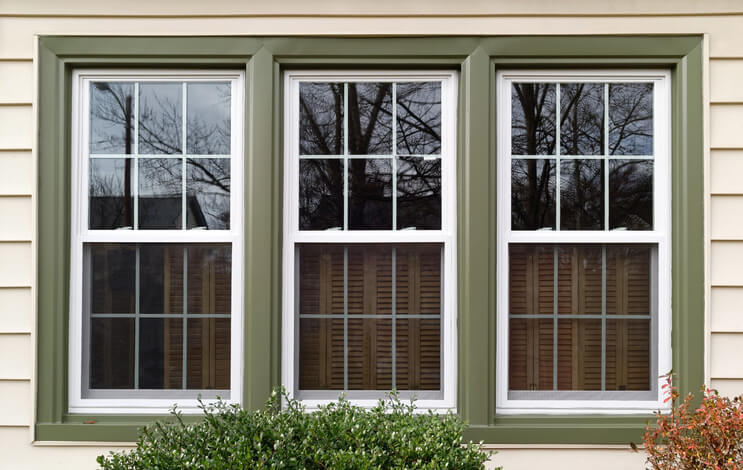Understand The Crucial Pressure Cleaning Techniques Adjusted For Each Surface Type To Guarantee Stunning Results-- Unveil The Tricks To A Seamless Surface
Understand The Crucial Pressure Cleaning Techniques Adjusted For Each Surface Type To Guarantee Stunning Results-- Unveil The Tricks To A Seamless Surface
Blog Article
Short Article Created By-Bryant Geertsen
When it comes to push washing, the technique you select can make all the distinction in achieving a clean, streak-free surface. You might locate that difficult surface areas, like concrete, need a different method than softer materials, such as timber or vinyl. It's essential to adapt your methods to the surface type to prevent damages while optimizing cleansing effectiveness. So, what are the most effective methods for each and every surface, and exactly how can you ensure you're using the best settings and tools for the job? Let's discover what you require to understand to get the most effective outcomes.
Hard Surface areas
When it comes to press washing tough surface areas, preparation is crucial. Before you even think about taking out the pressure washing machine, put in the time to remove the area of any debris, furnishings, or barriers. You do not want anything entering your means or possibly harmful your equipment.
Next off, inspect the surface for any type of cracks or damage; this will assist you identify the appropriate strategy and pressure setups.
When you've prepared the location, it's important to choose the appropriate nozzle. For hard surface areas like concrete or block, a slim nozzle (15 or 25 levels) works best to offer a focused stream of water that can efficiently eliminate crud and discolorations. Always begin at a distance and progressively relocate closer to stay clear of any surface damage.
As you begin washing, maintain the wand transferring to stop streaks and over-saturation. It's likewise helpful to function from the top down, enabling dust and particles to get rid of naturally.
Lastly, bear in mind to wash the surface thoroughly after cleansing to get rid of any kind of leftover detergent. With residential window cleaning , you'll attain a tidy and rejuvenated appearance on all your hard surface areas.
Soft Surfaces
Pressure cleaning soft surface areas calls for a gentler approach to shield them from damage. Whether you're cleaning your deck, patio furnishings, or house siding, using too much pressure can lead to damages, scrapes, and even irreversible harm.
Start by picking service pro -pressure nozzle, preferably a 25-degree or wider spray pattern, to disperse the water a lot more gently.
Before you begin, it's important to pre-treat any discolorations with an appropriate cleansing remedy. This action allows the cleaner to pass through the dirt and crud, making it easier to remove without rubbing too hard.
Constantly apply the solution from the bottom approximately stop spotting.
When you start pressure washing, keep a distance of a minimum of 12 to 18 inches from the surface. Move your stick in a sweeping motion, maintaining it alongside the surface to avoid concentrated pressure on one place.
Rinse the area completely after cleansing to eliminate any kind of residual cleanser.
Lastly, inspect the surface area for any kind of missed areas and duplicate the procedure if required. By complying with these steps, you can effectively clean soft surface areas while preserving their honesty and look.
Specialized Surfaces
Cleaning soft surface areas calls for treatment, yet specialized surfaces require much more focus to detail. When you take on these surface areas, like fragile timber, stained concrete, or certain types of house siding, using the right stress cleaning strategies is essential to stay clear of damage.
Initially, evaluate the material. For example, treated wood can usually hold up against moderate pressure, yet softer timbers like cedar might require a lower setup. Constantly begin with the most affordable pressure and progressively raise if required.
For stained https://www.bhg.com.au/how-to-clean-linen-sofa , utilize a fan spray nozzle and maintain a constant range to stop etching the surface.
When handling surface areas like vinyl home siding or painted surfaces, a broad spray pattern assists distribute the pressure equally, securing the finish.
It's additionally important to utilize cleaning agents specifically made for specialty surfaces. They can boost cleansing without compromising the material.
Rinse thoroughly after washing to remove any deposit, as it can result in discoloration or deterioration in time.
Verdict
To conclude, grasping stress cleaning methods for different surfaces can make all the difference in your cleansing results. For difficult surface areas, stick to narrow nozzles and a top-to-bottom strategy, while soft surface areas need a gentler touch with broader nozzles. Do not neglect to pre-treat discolorations and wash extensively to avoid deposit. By adapting your techniques to every product, you'll not only accomplish a cleaner finish however likewise safeguard the integrity of your surface areas. Satisfied cleansing!
